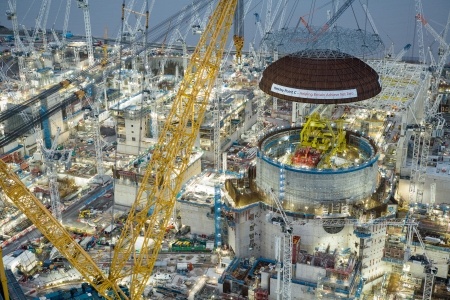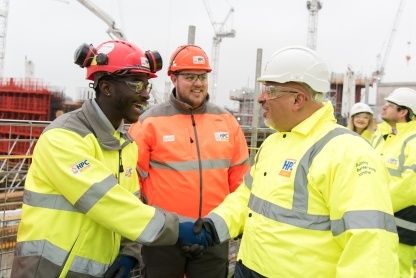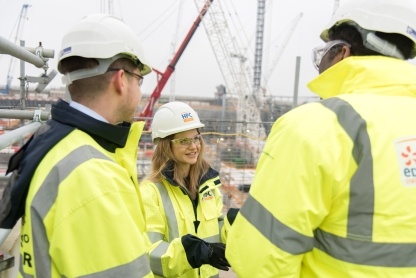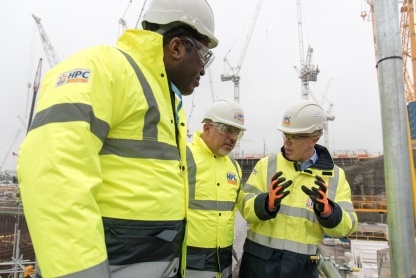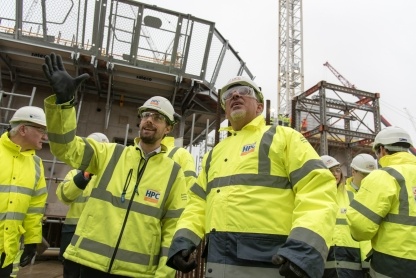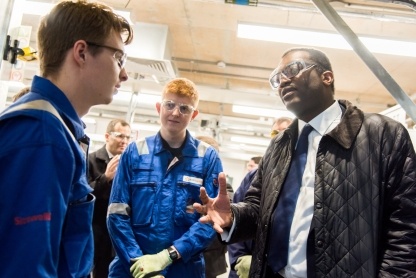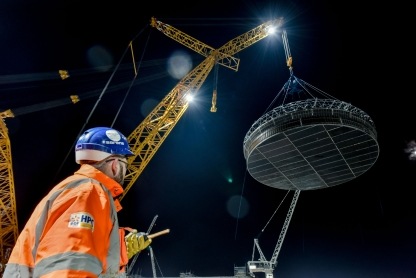
Ministers see nuclear progress at Hinkley Point C
Ministers from the Department for Business, Energy & Industrial Strategy visited Hinkley Point C today (Thursday) to see progress at the new nuclear power station.
Kwasi Kwarteng MP, Minister for Business, Energy and Clean Growth and Nadhim Zahawi MP, Minister for Business and Industry met some of the 500 apprentices already hired by the project and saw the huge scale of construction underway in Somerset. Hinkley Point C will supply the UK with reliable low carbon electricity for decades to come and will be an essential part of a future energy mix without polluting fossil fuels.
The ministers heard about the UK supply chain and the progress on the two reactors. Unit One is now being built above ground and the project’s next major milestone is completion of the base for Unit Two in June later this year.
Minister for Business and Industry Nadhim Zahawi: “Today’s visit was an invaluable opportunity to see how construction is progressing on this vast and important project. Hinkley Point C will provide clean energy for nearly six million homes as well as delivering thousands of jobs, and I look forward to seeing how it progresses in the months and years ahead.”
The ministers also visited Hinkley Point B power station which last week hit a new record for low carbon electricity production in the UK, passing 300TWH, enough to continuously power every home in the UK for three years, avoiding 105 million tonnes of CO2 emissions.
They saw the National College for Nuclear in nearby Cannington, one of the many initiatives to increase UK skills. These include the opening of a national welding centre at Bridgwater College, due in the first half of 2020.
Minister of State for Energy and Clean Growth Kwasi Kwarteng said: “I was really impressed by the apprentices I met today, who represent some of the best future engineering talent Britain has to offer. Their efforts will be crucial to ensuring the UK remains a leader in nuclear innovation, helping us to eliminate our contribution to climate change by 2050.”
Plans are advancing for a near identical station at Sizewell C in Suffolk. The advantages of replication the UK EPR design means it can be built and financed at a lower cost for consumers.
Hinkley Point C Managing Director Stuart Crooks said: “Hundreds of suppliers from across Britain are helping us build Hinkley Point C and I am proud what they have achieved . With renewable power, this power station’s reliable low carbon electricity will play a key role in fighting climate change. We are determined to build a power station which the country can rely on for decades to come.”
In the first of a series of video updates to be published online here, Stuart Crooks discusses the progress on site and how the project will transition from the civils phase to the mechanical and electrical (MEH) phase.
Notes to Editors
EDF in the UK is leading the transition to a cleaner, low emission electric future, tackling climate change and helping Britain reach net zero. It is the UK’s largest producer of low-carbon electricity, meeting around one-fifth of the country’s demand and supplying millions of customers with electricity and gas.
It generates low carbon electricity from eight nuclear power stations, more than thirty onshore wind farms and two offshore wind farms, and operates one of Britain’s biggest battery storage units, one gas and one coal power station, EV charge-points, and combined heat and power plants.
EDF is leading the UK's nuclear renaissance with the construction of a new nuclear power station at Hinkley Point C, and plans for new power stations at Sizewell C in Suffolk and Bradwell B in Essex. Hinkley Point C will provide low carbon electricity to meet 7% of UK demand. The project is already making a positive impact on the local and national economy as well as boosting skills and education.
EDF also invests in a range of low carbon technologies including renewables, solar and battery storage. The company’s largest offshore wind farm is currently being built in Scotland and the 450 MW Neart na Gaoithe project will be ready in 2023. It is applying research and development expertise to improve the performance of existing generation and developing the potential of new technologies.
EDF is helping its customers, both in business and at home, to join generation electric and take their first steps to sustainably powering their lives. Whether it is buying an electric car, generating and storing electricity or selling energy back to the grid – everyone is welcome. EDF is one of the largest suppliers to British business and a leading supplier of innovative energy solutions that are helping businesses become more energy independent. In addition, the company’s energy services business, Imtech, is one of the largest technical service providers in the UK and Ireland.
EDF in the UK is part of EDF Group, the world’s biggest electricity generator. In the UK, the company employs around 13,000 people at locations across England and Scotland.
Downloads
For more information
Andrew Cockcroft
External Communications Manager (South West)
(T) 01278 484098
(M) 07875113689
andrew.cockcroft@edf-energy.com
Related articles
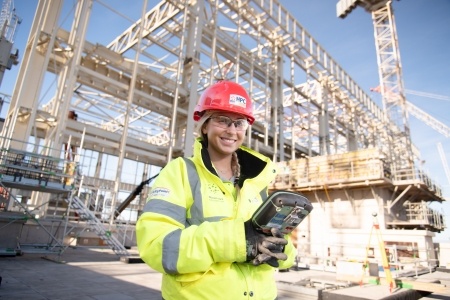
New Skills, Better Jobs: Report Reveals the Positive Impact of Hinkley Point C
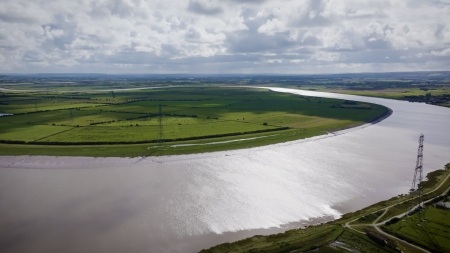
Hinkley Point C sets out plan to create Somerset saltmarsh
